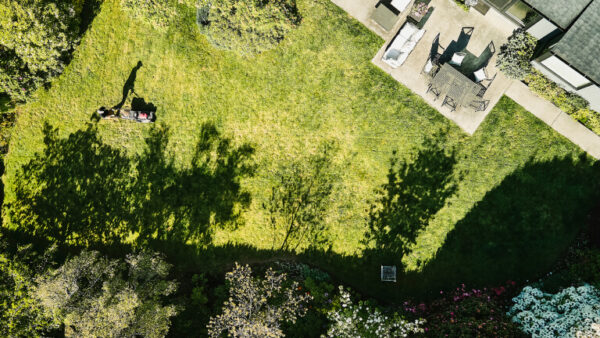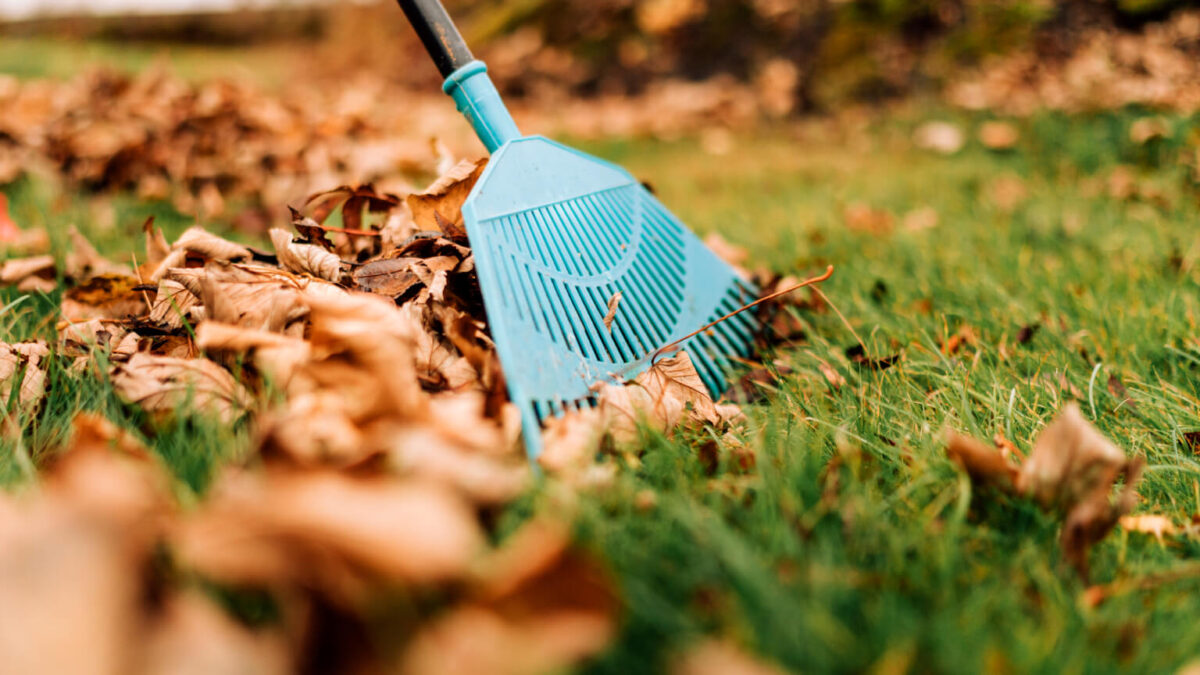Grass Allergy? Here Are 3 Ways You Can Have an Allergy-Free Lawn
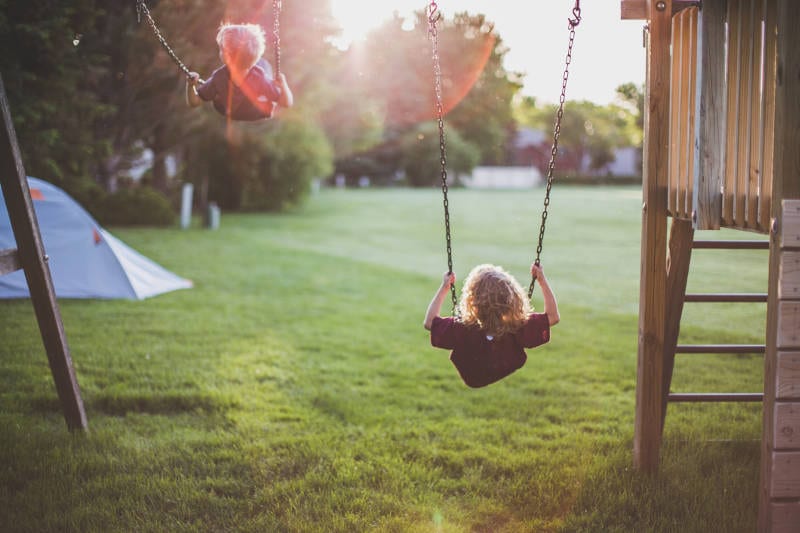
The Asthma and Allergy Foundation of America (AAFA) says more than 50 million Americans suffer from allergies. And grass and weed pollen are among the most common allergy triggers. You don’t have to let a lawn or grass allergy keep you from enjoying your yard this summer, though. We have three ways you can reduce or eliminate allergens for an allergy-free lawn.

How To Know If You’re Allergic To Grass
Your doctor can order a blood test or scratch test to confirm if you have grass allergies. The most common lawn allergy symptoms include:
- Itchy eyes
- Sniffling and sneezing
- Rashes or itching after contact with your lawn
If you’re diagnosed with a grass allergy, there are medications that you can take to alleviate the symptoms. Allergy symptoms tend to flare up in the spring and summer because grasses usually pollinate from April through June.
A two-pronged approach of allergy relief via medication and via removing allergens from your garden is most effective. We want to help with the latter. Here are three tips on how to create an allergy-free lawn so you can stop the sneezing and itching this spring and summer:
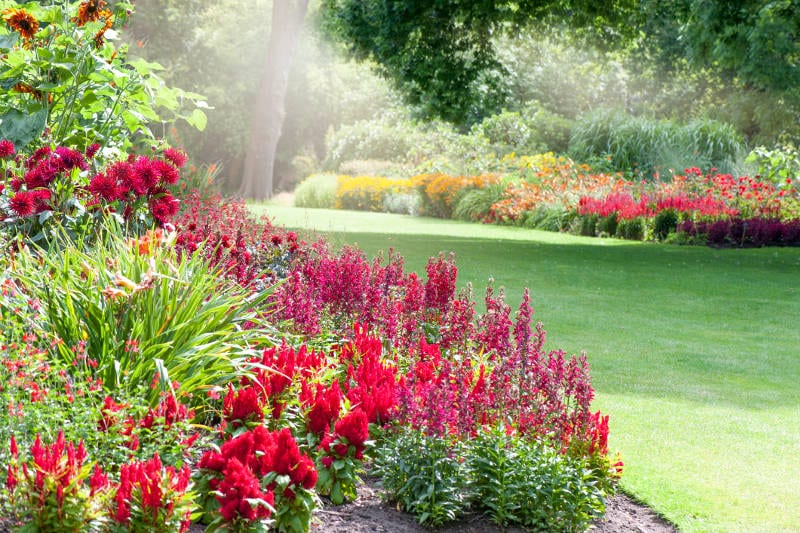
1. Install A Low-Pollen (and Allergy-Free) Lawn
If you’re just getting started and haven’t installed a lawn yet, choose a low-pollen grass for your lawn. Consult with a landscape professional for guidance on the best allergy-free lawn for your zone. Depending on your region, some of the lowest-pollen grasses to choose from include:
- Bermuda Grass Hybrids | Common Bermuda grass is a major allergy trigger, but the latest hybrid versions are bred to produce little to no allergy-producing pollens.
- St. Augustine Grass | This type of turfgrass is hardy and best in coastal zones and warmer areas but doesn’t do well in drought zones. St. Augustine grass spreads through runners and rarely seeds or flowers.
- Buffalo Grass | The University of California Integrated Pest Management program recommends this warm-season grass for drought and watering-restriction zones. The “UC Verde” turf cultivar produces only female plants and no flowers or pollen.
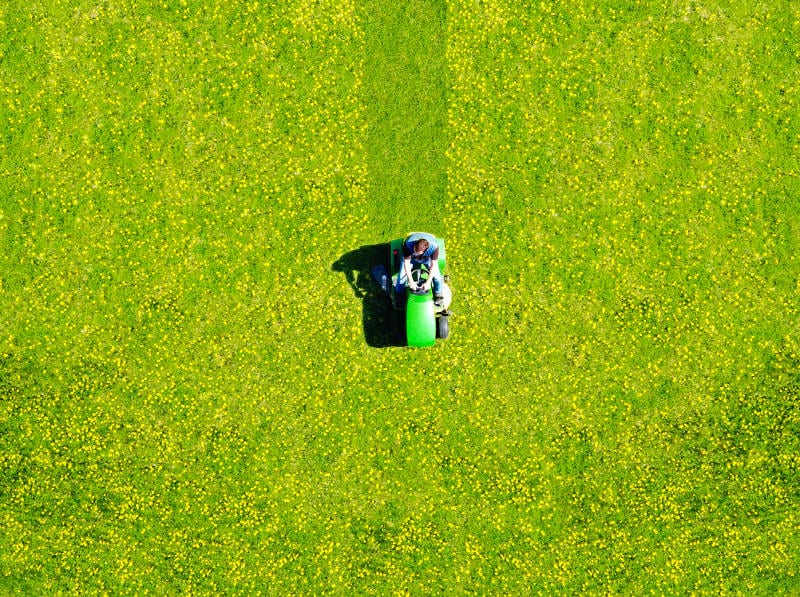
2. Trim Your Lawn Regularly
Keeping your lawn short by regularly trimming it stops grass from maturing to flower, then creating pollen. A good rule of thumb is to keep your lawn two to three inches tall, although a landscape expert will know the ideal length for your grass according to turf type.
Depending on the season, a regular trim may be as soon as every three days. Monitor your lawn’s growth or leave it to your lawn care professional.
If you do your own mowing and gardening, keep in mind that pollen is worse at mid-morning as the sun peaks. Schedule your gardening and mowing chores for early morning or late afternoon to avoid the highest pollen count of the day. Use lawn mower bags that keep trimmed grass and any flowers or pollen from blowing.
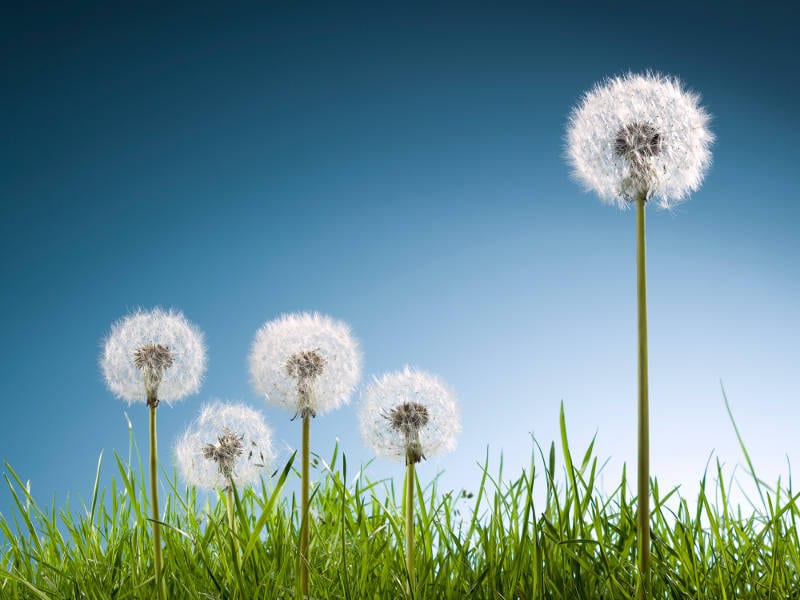
3. Search And Destroy Weeds
Some of the worst allergy producers aren’t your turf, but the weeds that grow with your lawn. If you suffer from allergies, the worst weeds to have in your garden are:
- Ragweed
- Dandelion
- Nettle
- Bluegrass
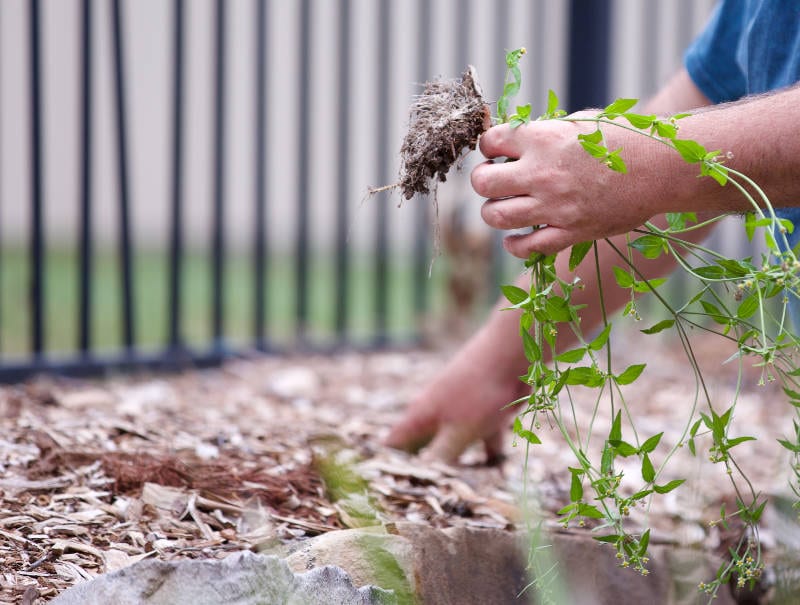
If you’re already sensitive to allergens, avoid weed killers and other harmful chemicals. A more natural approach would be to manually pull out or uproot weeds. Keep your allergy-free lawn fertilized, strong and healthy to stop weeds from growing, as they will have to compete with your thriving lawn.

